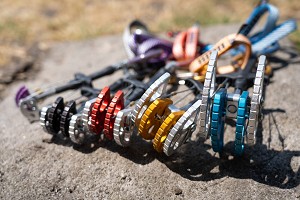
- For a review of these two rival products see Toby Archer's review:
Cam Wars! DMM Dragons V Black Diamond Camalot C4s.
The Helium Friends stick with the 13.75 degree cam angle, single flexible stem, and single axle design of their Technical Friend predecessors. The Helium sizes have been tweaked from those of the Technical/Forged Friends to make the overlaps between sizes bigger and more consistent, but the size change isn't huge and the colour scheme of the different sizes has been retained so they feel familiar to use. The most noticeable changes are in the weight (or lack of it), the addition of a thumb loop and the longer length of the stem and sling.
So, without delay, lets get straight to the BIG £50-ish question ... how do they rate alongside the competition - namely BD's Camalot C4's and DMM's Dragons?
To state the obvious, this is prime territory for the traditional, somewhat tedious, double (slightly bigger range) versus single (slightly lighter) axle debate. Suffice to say there are minor gains each way but I personally don't feel that this is overly important compared with how easy the cam feels to use - how well it places and removes, racks and carries, and how secure it feels (how much confidence it inspires) in a placement.
"...no walking in issues even on slippery Pembroke limestone..."
On the weight front, the Heliums feel impressively light, especially in the larger sizes where the hot forged cam lobes make a noticeable difference not only to the overall weight, but also to the balance: they don't feel overly head heavy. Compared with the competition, the Heliums are generally a fraction lighter, but there's not a huge amount in it. The weight saved on a set adds up, at most, to the weight of a karabiner depending on the selection of sizes carried.
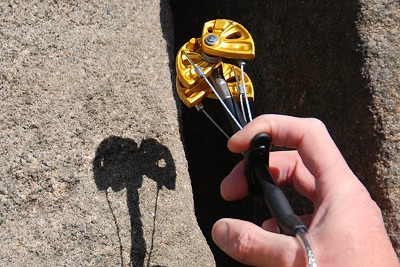
Moving on to the stem: from the thumb grip to the axle, the Heliums are around a cm or two (depending on the cam size) longer than Tech Friends, DMM Dragons and BD Camalots, with the triggers longer to match (see photo and table below). This gives them a bit more reach into placements, making placing and cleaning them very easy, and enabling especially the smaller sizes to be placed a little bit deeper. The stems are finished off with a coated wire thumb loop, similar to that on the BD Camalot C4s, which feels very natural and secure to use, and also gives a handy shorter/additional clip in point for belays and aid climbing. The dyneema clip loop is also a cm or so longer than that found on the Camalot which, added to the extra stem length, mean that the Heliums need extending less often than expected. The DMM Dragon's doubled sling arrangement of course gives even more extension, but at the expense of the thumb loop.
The extra stem length and thumb loop do, of course, add a bit of weight, but I'm pleased to say that Wild Country haven't fallen into the 'light is the be all and end all' trap with the Heliums, instead finding an excellent compromise between making them as light as possible without compromising their ease of use and durability. After a summer of climbing they still look and work as new.
Moving to the business end of the cams, the head width is pretty much the same as that of the corresponding BD Camalots, with the DMM Dragons in the larger sizes a little bit narrower as a result of their narrower lobes (see Toby's review). Lastly, the Heliums also feature slightly stronger springs than their rivals - not at all awkwardly strong (still easy to retract and with a very smooth action) but giving a confidence inspiring lock into placements with no walking in issues even on slippery Pembroke limestone.
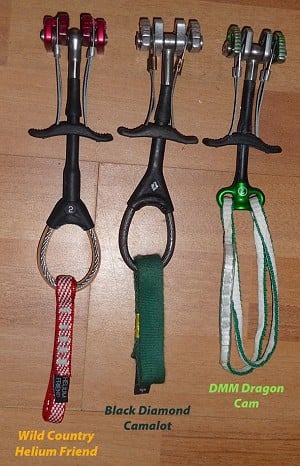
So, given the choice, which would I go for? Let's put it like this - I tested the Heliums alongside my set of BD Camalot C4s and a few borrowed Dragons, leaving the Camalots/Dragons behind for most routes and doubling up on occasion. Not once in a summer of climbing (yes there has been 'some' dry weather) have I found myself missing the Camalots. When carrying a mixture, the only time I've preferentially selected one design over the other is to take advantage of the longer Helium stems for the occasional deeper placement, or the Dragons extending sling when running low on draws. With a single rather than double axle, the Heliums might have slightly less 'office toy' appeal on the shop wall, but where it matters on the rock they hold their own and some.
Summary: Superb, very user-friendly single axle cams with a bit of extra reach into placements. A worthy contender to their Welsh and US rivals.
We didn't set out to reinvent the wheel, but to make a product which was as 'user friendly' as possible. Classic, proven Friend features like single axle, single stem, 13.75 degree camming angle weren't going to be improved on. Improving the ergonomics was a large part of the redesign: we looked at the sizing of the Friends, and the shaping of the trigger and thumb piece, trying to make them fit together as well as possible to improve the Friends' 'action' as well as placement and retrieval. One very noticeable part of this, even just in store, is that the Heliums are now better balanced, with the new forged cams counterbalanced by the new thumb loop, which in turn has improved the the weight distribution making them easier to handle when racking, selecting and placing. The second part, more easily seen in use, is that we lengthened the units and moved the triggers to facilite both deeper placements and easier retrieval as well as giving a smoother pull.
Richie Patterson, Wild Country
Comparison Tables: Wild Country Heliums V Black Diamond Camalots and DMM Dragons
Size, weight, strength, range, total length and head width compared. NB length measurement for Dragon includes two figures: doubled and extended sling.
Size | Weight (g) | Strength (kN) | ||||||
Helium | Camalot | Dragon | Helium | Camalot | Dragon | Helium | Camalot | Dragon |
0 | - | - | 85g | - | - | 12kN | - | - |
0.5 | - | - | 89g | - | - | 12kN | - | - |
1 | 0.5 | 1 | 96g | 97g | 97g | 12kN | 12kN | 14kN |
1.5 | 0.75 | 2 | 104g | 116g | 106g | 12kN | 14kN | 14kN |
2 | - | - | 109g | - | - | 12kN | - | - |
2.5 | 1 | 3 | 129g | 134g | 109g | 12kN | 14kN | 14kN |
3 | 2 | 4 | 143g | 158g | 148g | 12kN | 14kN | 14kN |
3.5 | 3 | - | 176g | 201g | - | 12kN | 14kN | - |
4 | - | - | 219g | - | - | 12kN | - | - |
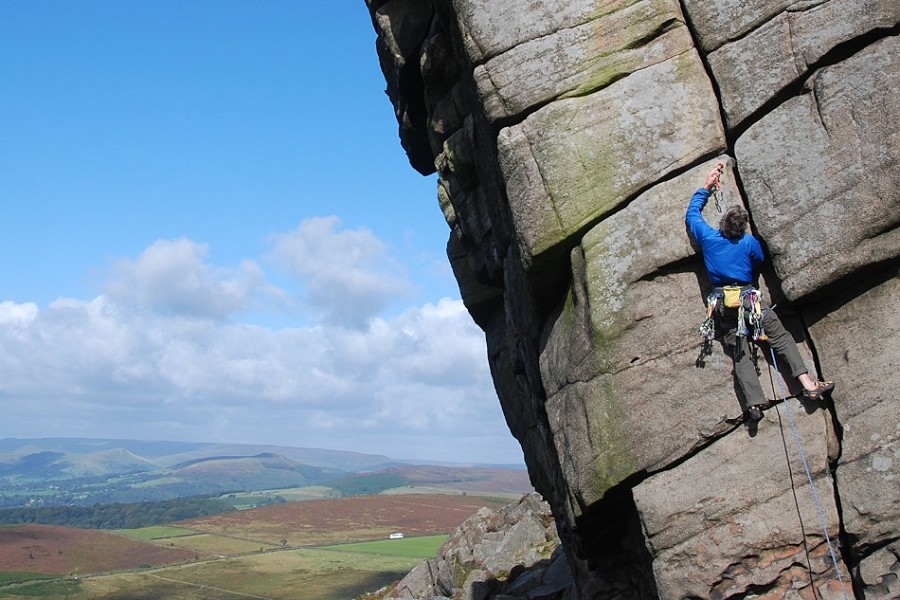
Range (mm) | Total Length (cm) |
Head Width (mm) |
|||||||
Size |
Helium |
Camalot |
Dragon |
Helium | Camalot | Dragon |
Helium | Camalot | Dragon |
0 |
11.0-22.5mm |
- |
- |
28.8cm | - | - |
40mm | - | - |
0.5 |
16.5-26.5mm |
- |
- |
28.8cm | - | - |
40mm | - | - |
1 |
19.7-31.7mm |
19.6-33.5mm |
20-33mm |
28.8cm | 26.2cm | 26 (38)cm |
45mm | 44mm | 39mm |
1.5 |
23.6-38.0mm |
23.9-41.2mm |
24-41mm |
29cm | 26.2cm | 26 (38)cm |
45mm | 47mm | 41mm |
2 |
28.4-45.7mm |
- |
- |
29.2cm | - | - |
48mm | - | - |
2.5 |
34.4-55.3mm |
30.2-52.1mm |
29-50mm |
30cm | 26.2cm | 26 (38)cm |
52mm | 50mm | 42mm |
3 |
41.9-67.5mm |
37.2-64.9mm |
38-64mm |
30cm | 26.7cm | 28 (40)cm |
52mm | 56mm | 51mm |
3.5 |
51.3-82.7mm |
50.7-87.9mm |
- |
30.5cm | 27.6cm | - |
58mm | 60mm | 55mm |
4 |
63.3-101.8mm |
- |
- |
31cm | - | - |
60mm | - | - |

About Viv Scott
I've been climbing for a bit over ten years, and am currently based in Edinburgh having escaped from the southern flatlands. Climbing highs include Scottish winter climbing, a couple of trips to the Alaska Range, classic alpine routes, sunny ski touring, cragging in the UK and abroad, and beers and craic in the pub afterwards. Lows include Scottish winter climbing, alpine bivies, base camp blues, midges and the UK weather... I guess I'd like to be a jack of all trades and I'm definitely a master of none, but most enjoy the great variety of climbing and look forward to trips back to old favourites and hopefully many new and different places.

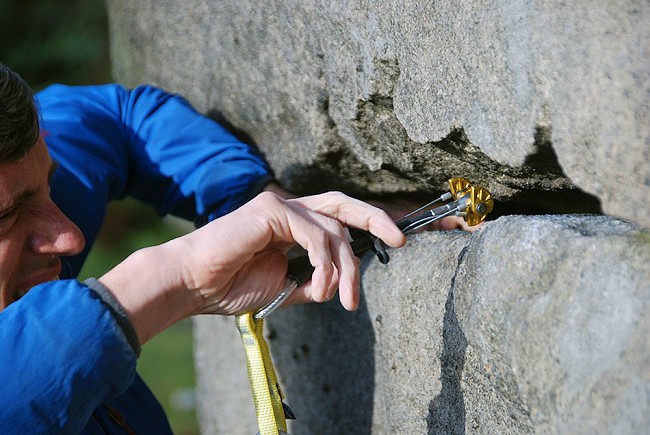
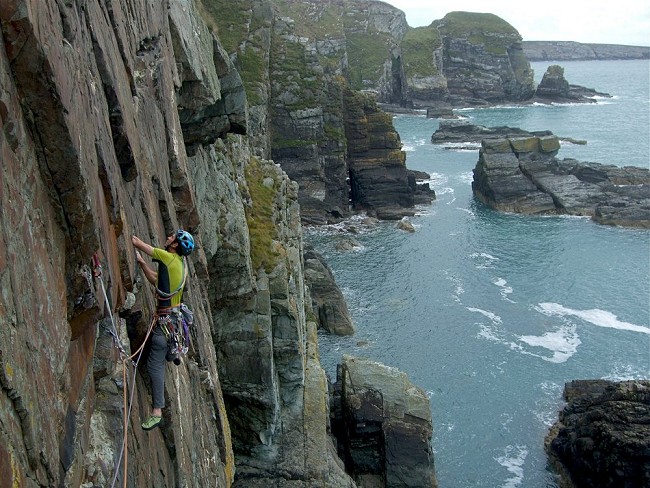

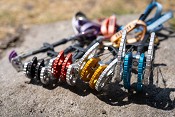
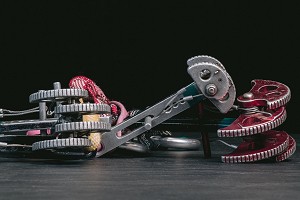

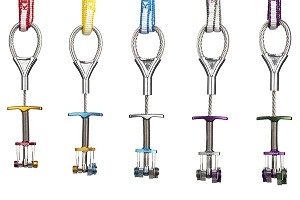
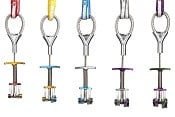
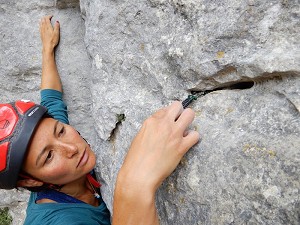
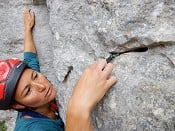
Comments